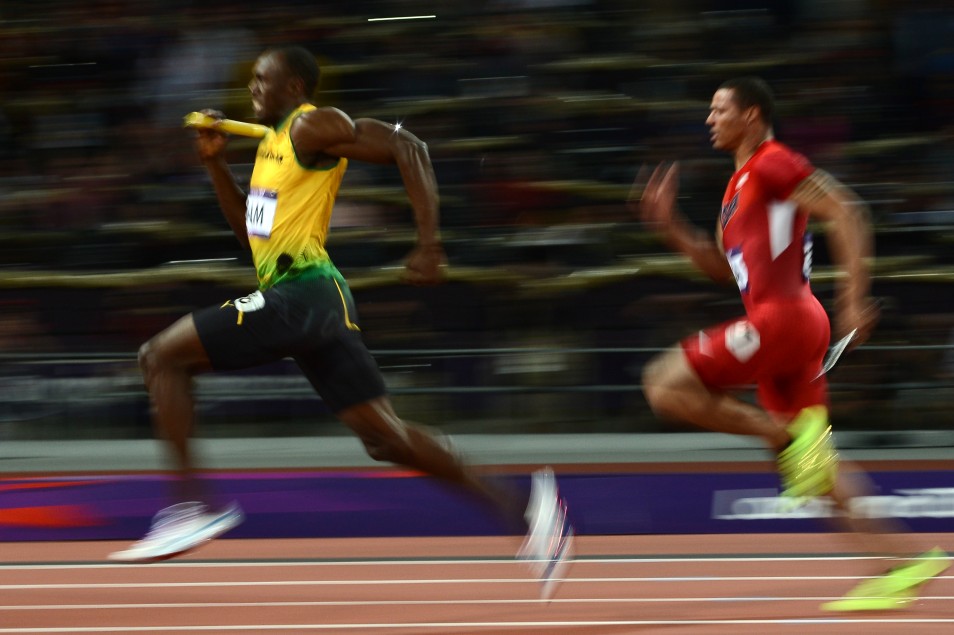
The following article was taken from the Z-Health newsletter. I really enjoyed it and thought it worth sharing.
There is a popular saying in sports: “speed kills.” Ask almost any coach in any game and they will say that what they daydream about the most is a team of ultra-fast players. But what does it really mean to be fast?
When most people talk about how fast someone is, the discussion is usually about an athlete’s track speed. In most US sports, the two basic “measures” often discussed are an athlete’s 40 and 100 meter speeds.
But, how useful is that?
How often, in sports other than track, does an athlete run straight ahead for 100 meters without having to dodge, twist, and turn? Not often. In most field sports, as in life, you need to be fast at much shorter distances. It’s about being agile, quick, and responsive.
All of these other types of speed play a critically important role – both on the field and off. Let’s take a short look at each.
Lateral Speed
This is the ability to move quickly sideways. You see it on the field or court all the time – tennis, basketball, American football, soccer. Virtually every sport out there has a lateral component.
Off the field, lateral speed is what lets you catch something that is falling just out of reach, grab a kid that is about to walk in to something, and narrowly avoid running in to someone in the hallway while you are both checking email on your phones.
Limb Speed
You can have amazing lower body speed without running a great 100m. If you have any doubts, search YouTube for clips of soccer player Cristiano Renaldo. He has spent years developing amazing footwork skills. Great boxers and martial artists display those same skills with the upper bodies.
And again, these skills translate off the field. Catching a glass that is tipping over, or using a foot to stop a door from closing when your hands are full with your laptop bag and morning Americano.
Visual Speed
In almost every sport, there are legendary players who are best known for having amazing field vision.
What is that? It’s another term for elite-caliber visual speed. When you study these athletes, it is obvious that their eye muscles have the ability to quickly change focal points and track what is going on on the field. American football is the classic example here – it’s the running back that can always find the hole in the line.
Driving a car is a fantastic example of where this skill is super-handy. You need the ability to quickly change focal points so you can quickly alternate between checking the mirrors, watching the road, fiddling with the radio, and sending a text message (not that any of us would ever do that driving). While I joke, you get the point – the ability to quickly change your focus is incredibly important to safe, skilled driving. If you’’ve ever followed a slow, hesitant driver – there is an excellent chance you’ve seen poor visual skills in action.
Interpretation Speed
Finally, in our brief description of different components of speed, we come to interpretation speed. You can also think of this as reaction speed – but no matter what term you use, it’s your brains ability to take in what is going on around you and do something with it. Two very different skills.
You know those great field vision guys I referenced above? They also have amazing interpretation speed skills. They can see the field, know exactly where everyone is, and know what is likely coming next. They know if the hole is going to close or not and where a new gap is likely to occur (or not). The most important point here? What these athletes do with their eyes is a trainable skill – not a genetic mutation to make them a better football player!
At this point you might be thinking that in the examples above, that none of those skills live in isolation. And, you are exactly right.
Being good at all of them, and being able to integrate them is what is necessary to perform and be your best. Speed is not one single thing, but a host of intertwined movement, balance, and visual skills – all of which can be improved in virtually everyone – far faster than you might ever believe.
#thankthepasser: You can sign up for the Z-Health newsletter to get more food for thought delivered right into your inbox.